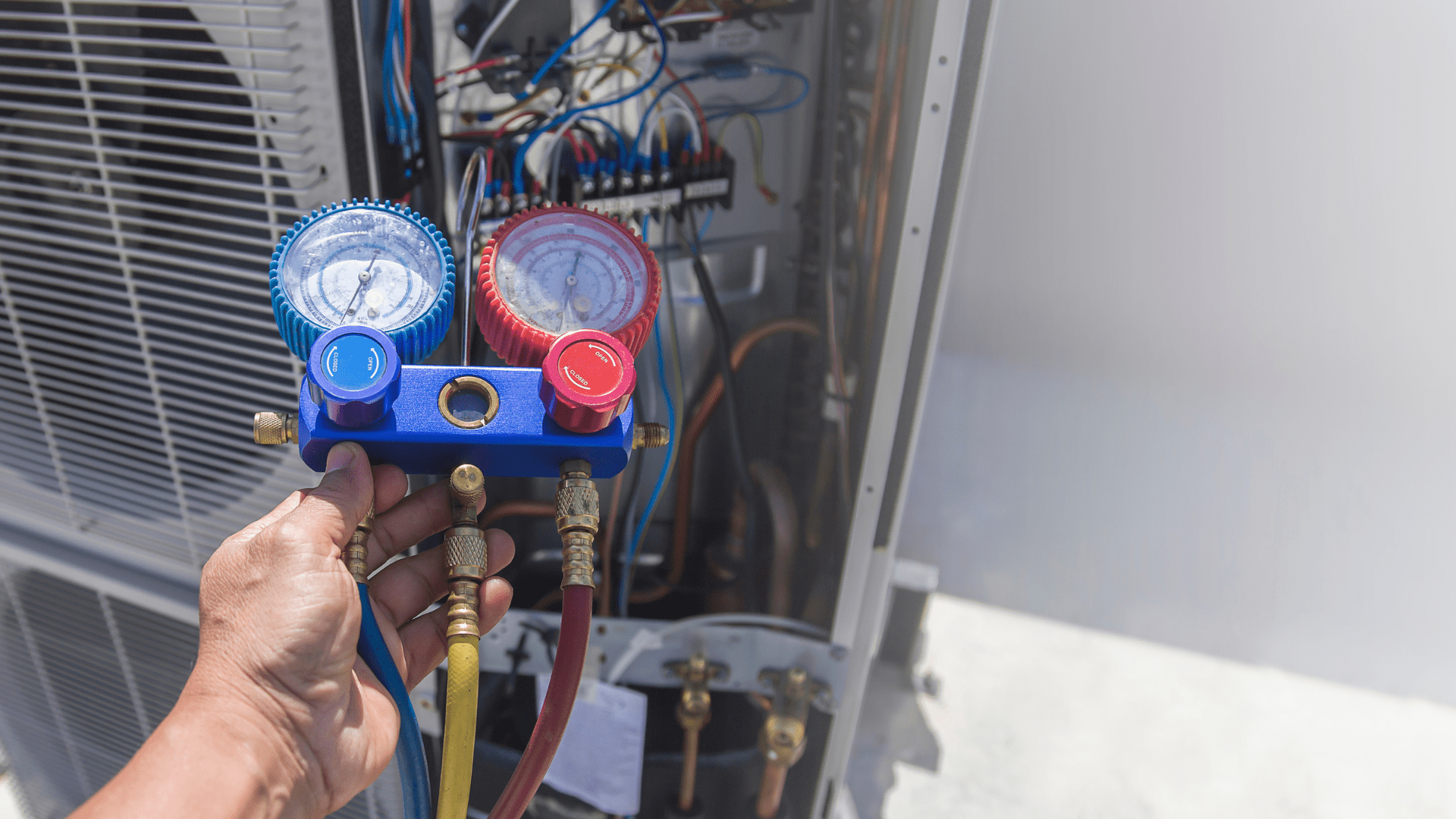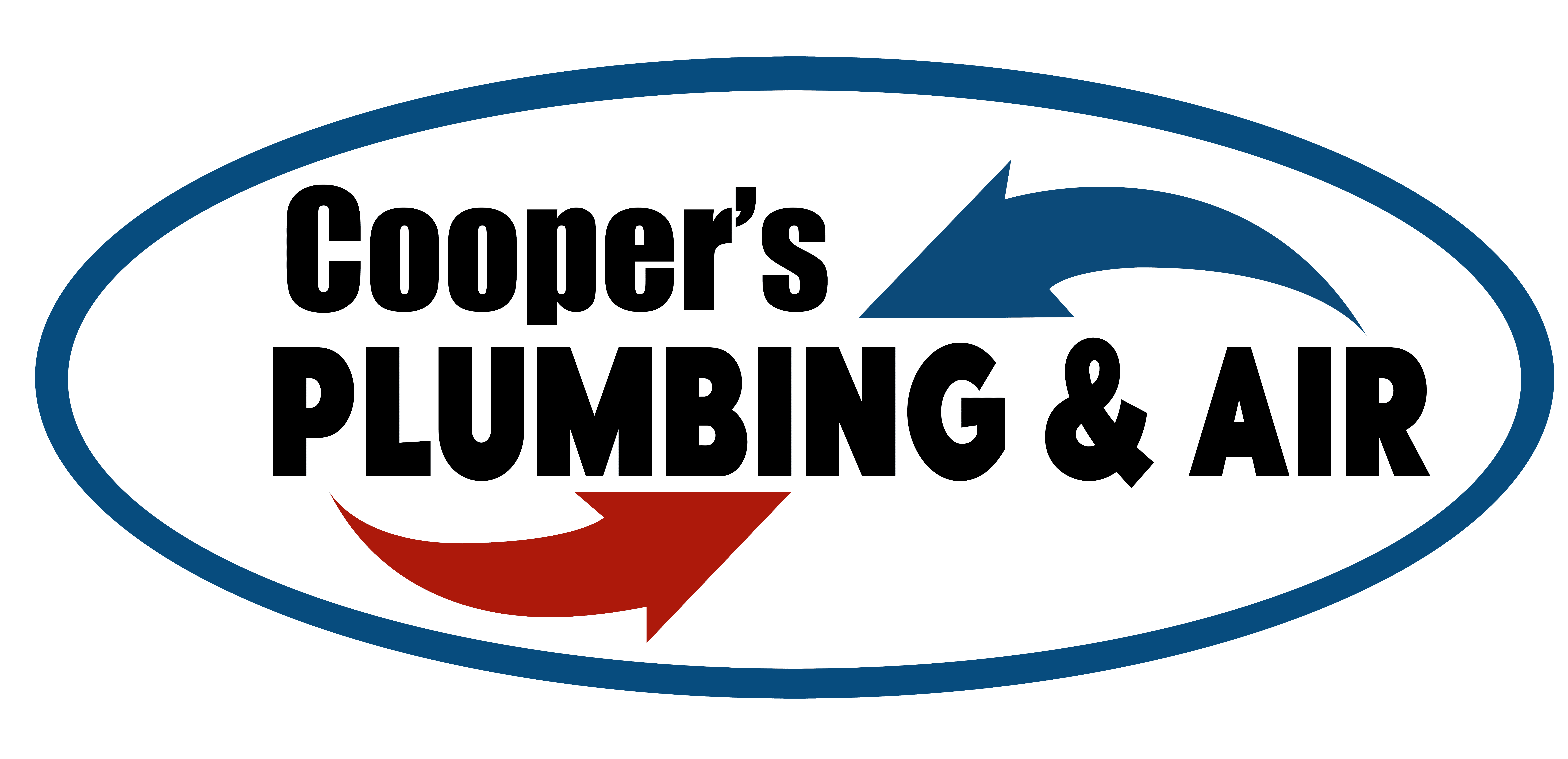
Choosing the Right 1 2 HP Blower Motor can be tricky but this guide is designed to answer your questions, provide helpful tips and save you time & money.
Your Tallahassee HVAC system is the heart of your home’s comfort. At its core is the blower motor, a crucial component that circulates air throughout your living space.
But what happens when this motor needs replacing?
You’ll likely find yourself faced with a myriad of options. One common choice for homeowners is the 1/2 horsepower (HP) blower motor.
This guide aims to demystify the process of choosing the right 1/2 HP blower motor for your furnace. We’ll cover horsepower, RPM, and key technical details to help you make an informed decision.
By the end, you’ll confidently choose a blower motor that boosts your HVAC system’s performance and lifespan.
Let’s dive in and explore the world of 1/2 HP blower motors.
Understanding Blower Motors and Their Importance in HVAC Systems
Blower motors serve a pivotal role in any HVAC system. They are tasked with moving air through the system’s vents.
This movement ensures that both heated and cooled air reach every corner of your home. Without a functioning blower motor, your system would be unable to distribute air effectively.
The motor must work efficiently to maintain the desired temperature in your home. Inefficiencies or failures can lead to increased energy bills and discomfort.
Thus, understanding how blower motors function helps in recognizing the need for timely HVAC maintenance or replacements. This knowledge ensures your HVAC system operates optimally all year round.
The Basics of Horsepower in Blower Motors
Horsepower is a measure of a motor’s power output. In blower motors, it determines how effectively air is moved through ducts.
For residential HVAC systems, a 1 2 HP blower motor is often ideal. This power level is sufficient for most average-sized homes.
The horsepower rating directly affects the motor’s performance and efficiency. A properly rated motor ensures effective airflow without overloading the system.
Underpowered motors might struggle, while overpowered ones waste energy. Therefore, selecting the right horsepower prevents unnecessary strain on your HVAC system.
Why the 1/2 HP Rating is Crucial for Residential Systems
A 1/2 HP blower motor is well-suited for most residential HVAC systems. It balances power and efficiency effectively for household needs.
Too much power isn’t always better in home systems. A 1/2 HP motor provides adequate airflow without wasting energy or raising costs.
Many furnaces in homes are designed with this motor size in mind. It aligns well with the typical ductwork and system specifications.
Choosing a motor with the correct horsepower ensures your HVAC unit performs optimally. This prevents potential issues like uneven heating or excessive noise.
RPM and Motor Performance: What You Need to Know
When selecting a blower motor, consider the RPM or revolutions per minute. This figure reflects how many times the motor turns in one minute.
Increased RPM often leads to enhanced airflow and system performance. This means more air circulates through your HVAC system efficiently.
A 1/2 HP motor with 1075 RPM is common for residential systems. It strikes a balance between effective circulation and energy use.
The right RPM ensures your home heats or cools quickly and evenly. It also reduces potential strain on the system, promoting longevity.
Making Sure It Works with Your Furnace Model
Compatibility is crucial when selecting a 1 2 HP blower motor for a furnace. The motor must fit your furnace model’s specifications.
Begin by reviewing the furnace manual. It will list recommended motor specifications, including horsepower and RPM requirements.
Different furnaces may require specific motor types. Ensure the motor’s size and mounting align with your furnace.
Consult a professional if you’re uncertain about compatibility. This step helps avoid performance issues and ensures optimal efficiency in your HVAC system.
Direct Drive vs. Belt Drive Motors: A Comparison
Direct drive motors connect directly to the blower, ensuring fewer moving parts. This design makes them reliable and easy to maintain.
Belt drive motors use a belt to connect the motor to the blower. This setup allows for flexibility in speed adjustments.
Direct drive motors are compact, fitting well in smaller furnace designs. Belt drives, however, may require more space due to additional components.
Choosing between the two depends on your system’s needs. Consider factors like space, speed requirements, and maintenance preferences to make the right choice.
The Role of Capacitors in Blower Motor Function
Capacitors play a crucial role in blower motor efficiency. They provide the initial jolt of energy to start the motor.
This jolt is necessary because motors need more power to overcome inertia. Without a capacitor, the motor might fail to start.
There are two main types of capacitors: start and run capacitors. Start capacitors boost power at startup, while run capacitors maintain energy flow.
Replacing a faulty capacitor can restore motor performance. It’s essential to match the new capacitor’s specifications with the old one to ensure compatibility.
Energy Efficiency and Variable-Speed Motors
Energy-efficient motors can significantly reduce utility bills. They use less power and operate more quietly.
Variable-speed motors offer precise control over airflow. Unlike single-speed motors, they adjust to the system’s demand, boosting efficiency.
These motors also enhance comfort by maintaining consistent temperatures. They adapt their speed to the home’s heating and cooling needs.
Upgrading to a variable-speed motor may initially cost more. However, the long-term savings on energy bills and improved home comfort often justify the investment.
Maintenance Tips for Extending the Life of Your Blower Motor
Regular maintenance is essential for extending the life of your blower motor, and it starts with changing your air filters regularly. Checking and replacing them monthly can make a big difference. For a hassle-free solution, enroll in our Filter Replacement Program! Just select your filters and delivery schedule, and we’ll ensure they arrive on time—keeping your system running at its best.
Never Forget to Change Your Filter!
Ensure the motor is free of dust and debris. Use a soft brush to clean surfaces and improve airflow efficiency.
Inspect the motor’s bearings for wear and tear. Lubricate them as needed according to the manufacturer’s guidelines.
Finally, listen for unusual noises. Early detection of issues can prevent costly repairs and keep your HVAC system running smoothly.
When to Consider a Blower Motor Replacement
If you notice weak airflow or unusual noises, it might be time to consider replacing your blower motor. Consistent high energy bills can also indicate a failing motor.
Regular inspections can help identify when a replacement is necessary. Addressing issues early prevents further damage to your HVAC system.
Conclusion: Making an Informed Blower Motor Selection
Choosing the right 1/2 HP blower motor is crucial for optimal HVAC performance. Understanding key factors ensures your system runs efficiently.
Investing time to learn about compatibility, efficiency, and proper maintenance pays off. This knowledge empowers you to make cost-effective, informed decisions.
Give us a call whenever you experience issues with your HVAC system and need a professional inspection. Call (866) 464-7132 to request immediate service in your Florida home.
